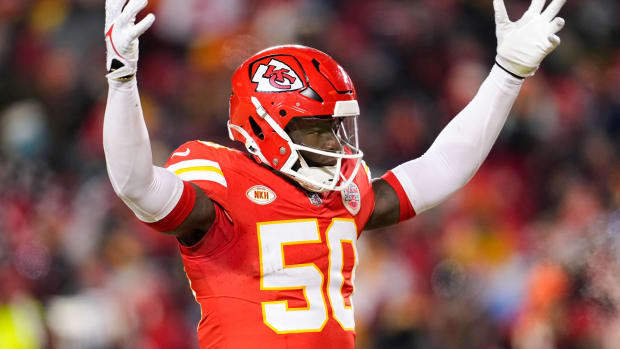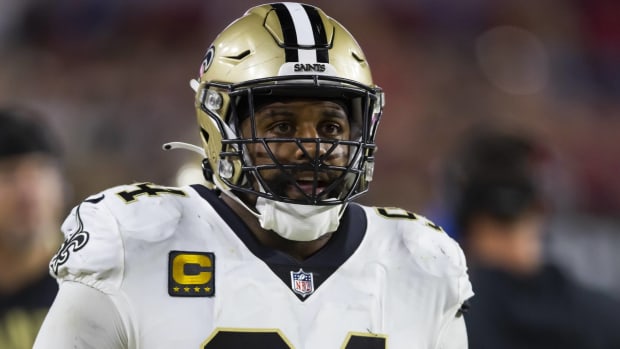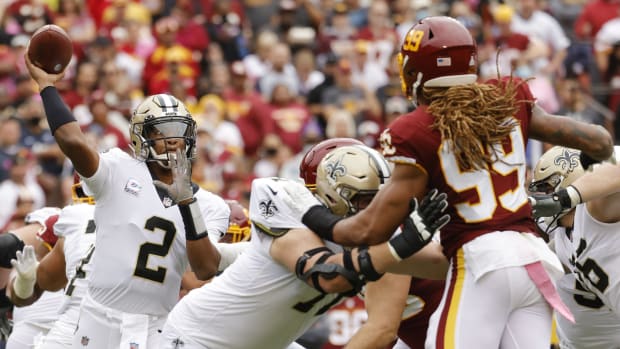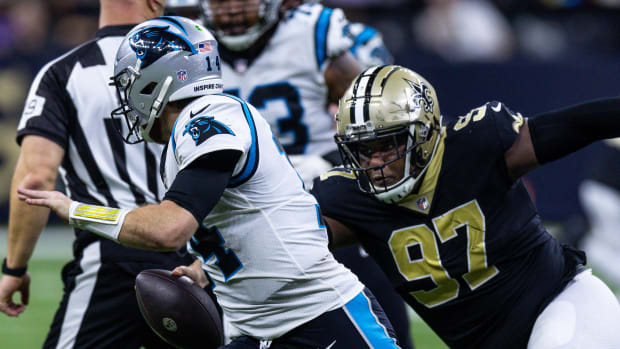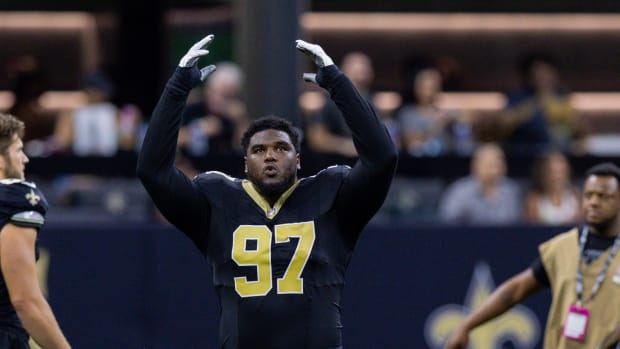For Drew Brees, Saints built offensive lines Andrew Luck never had
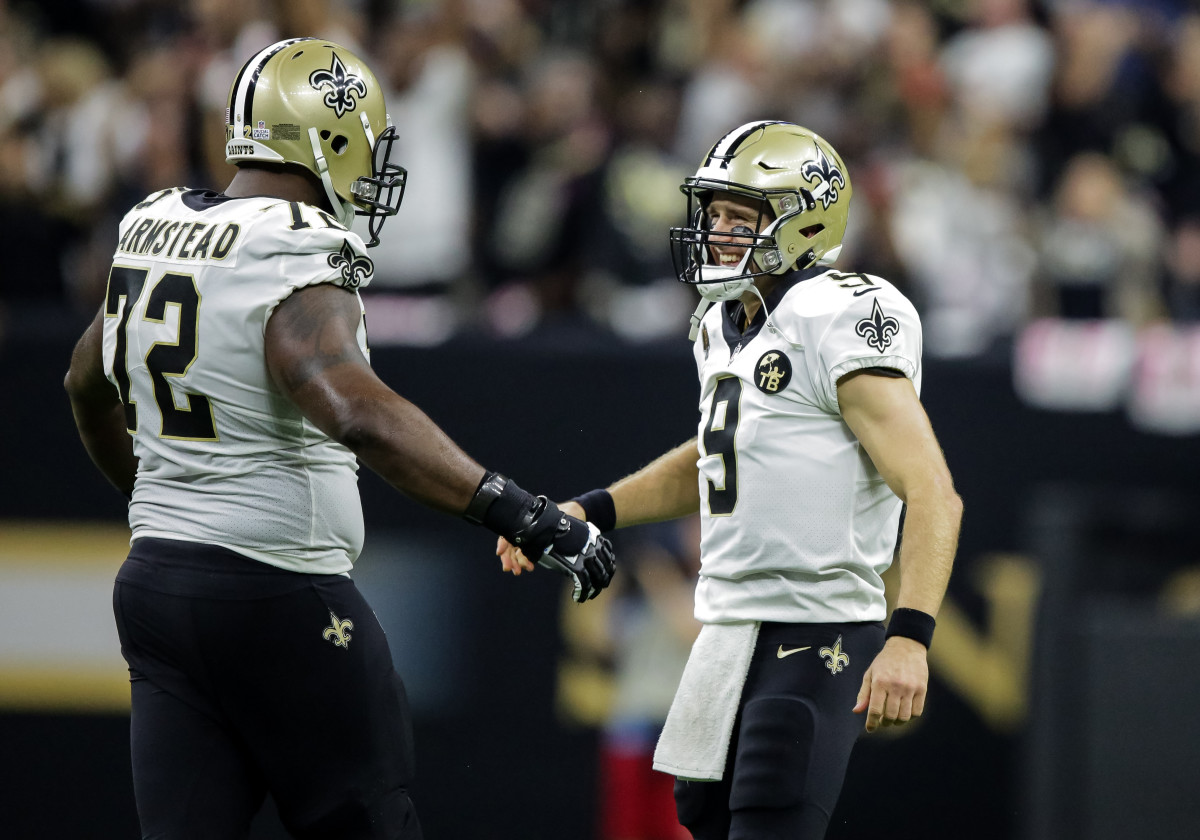
NEW ORLEANS — The closest Drew Brees came to experiencing the kind of beating Andrew Luck endured multiple times in his career came in 2013.
That season, opposing defenses reached the New Orleans Saints quarterback 37 times for sacks and put 80 hits on the passer. Two seasons later, opponents reached Brees for sacks 31 times. That season, Brees missed a game due to injury for the only time in his Saints career — an early-season contest against the Carolina Panthers.
Later that season, Brees played the final weeks with a plantar fascia injury in his right foot that required a special-made insert in his shoe.
The pain was immense, and yet Brees continued to play.
Still, those ailments were not quite what Luck experienced over the final four seasons of his career. The Indianapolis Colts quarterback announced his retirement from football Saturday. He cited mental exhaustion from the constant cycle of having to recover from injuries.
Luck missed all of 2017 with a shoulder injury. In 2018, he won Comeback Player of the Year.
Helping matters were the first- and second-round selections of starting offensive guards Quenton Nelson and Braden Smith, giving Luck the kind of protection he seldom experienced. For that season, Luck played all 16 games and was sacked on only 2.7 percent of all drop-backs, a career best.
Before then, the Colts allowed 156 sacks in the 70 games started by Luck between 2012 and 2016 — twice topping out at 41 in a single season. Worse for Luck during that stretch were the number of hits — more than 100 in each of those five seasons — taken by Colts quarterbacks.
Clearly, investments in the offensive line paid off.
For Luck, 29, those moves came a little too late.
Not so for Brees.
The Saints have an offensive line that includes two first-round selections in left guard Andrus Peat and right tackle Ryan Ramczyk. Second-round drafted rookie Erik McCoy is the expected starting center after delivering the opening snap in three preseason games.
Left tackle Terron Armstead was a third-round selection in the 2013 NFL Draft and is about to begin the third season of a five-year contract worth up to $65 million.
The only starting offensive lineman the Saints did not select in the draft is right guard Larry Warford, whose four-year contract worth up to $38 million runs through the 2020 season, a needed financial investment.
Before this, the Saints made a significant move in 2015 with the trade of Jimmy Graham that brought them Pro Bowl caliber center Max Unger. His four standout seasons in New Orleans ended with a surprise retirement announcement in March. The Saints followed that announcement with the selection of McCoy — a smart move.
There's good reason to think the Saints can continue to protect Brees like it has in the recent past.
Since the 31 sacks allowed in 2015, the Saints with Brees at quarterback allowed 27 sacks in 2016, 20 sacks in 2017 and 17 sacks in 2018, all the while reducing the number of hits put on Saints quarterbacks to a 11-year low of 51 in 2018.
The Saints at their best from 2009 to 2011 put Brees behind one of the strongest offensive-line units in the league, so it's no wonder that the Saints and four of their current offensive linemen helped create another explosive offense.
Now, a common question in New Orleans is about which QB will someday follow Brees as a full-time starter. Patrick Mahomes could have been the heir apparent had the Kansas City Chiefs not moved ahead of the Saints and selected him in the 2017 draft.
The Saints currently have Teddy Bridgewater and Taysom Hill as options, provided either remains under contract beyond 2019.
But there's a more relevant question.
Offensive linemen selected in the draft never create much buzz. But that's exactly where the Saints should look next year, especially with Peat now entering the final season of his five-year rookie deal.
For as long as the 40-year-old Brees says he wants to keep playing, the Saints would be wise to keep him protected, just as they have for so many of his seasons in New Orleans.
It's a necessity the Colts should wish they provided Luck.
Table: Drew Brees sacks and hits allowed through the years
| Year | Sacks allowed | Sack pct. | QB hits allowed |
|---|---|---|---|
2006 | 18 | 3.1 | 58 |
2007 | 16 | 2.4 | 41 |
2008 | 13 | 2.0 | 55 |
2009 | 20 | 3.7 | 53 |
2010 | 25 | 3.7 | 65 |
2011 | 24 | 3.5 | 53 |
2012 | 26 | 3.7 | 61 |
2013 | 37 | 5.4 | 80 |
2014 | 29 | 4.2 | 80 |
2015 | 31 | 4.7 | 80 |
2016 | 27 | 3.9 | 70 |
2017 | 20 | 3.6 | 56 |
2018 | 17 | 3.4 | 51 |

